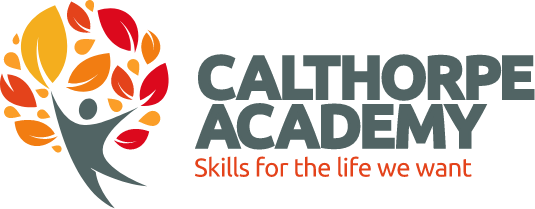Below are positive behaviour approaches to use at home. If you require further support please contact the school.
|
State of Regulation
|
Potential displayed behaviours
|
Responsive co-regulation
|
|
Calm
|
- Steady heart/breathing rate
- Calm state of arousal
- Open to social engagement
- Expressive facial expression
- Able to process language
- Engage in thinking to learn
|
- Maximise social engagement
- Fully engage and connect using the face, voice, movement
- Encourage listening and expressive responses
- Engage thinking skills to reflect and make connections
- Introduce gentle challenge through play/activity
|
|
Stressed
|
- Slightly raised heart and breathing rate
- Signs of agitation, frustration and anxiety
- Raised hypervigilance
- Lack of focus, easily distracted
- Increased mobilisation
- Early signs of helplessness or needing to take control
|
- Connect through eye contact, facial expressions and movement
- Express calmness through voice and open facial expression
- Attune to the mood, intensity and energy of the child
- Respond by being more animated to attune to agitation, increase intensity to attune to anger, be gentle and delicate to attune to sadness.
- Respond empathically, validate feelings
- Use calming, soothing and regulatory activities
|
|
Dysregulated
/highly anxious
|
- High levels of arousal or distress
- Hyper vigilant
- Difficulty listening and focusing
- Mobilised, fidgeting, jumping, running, climbing, etc.
- Raised voice, decreased expressivity
- Threatening or oppositional behaviour
|
- Reduce social demands but remain present
- Provide individual attention
- Let them know you are able to ‘hold’ their dysregulation by remaining regulated
- Convey your calm and regulated state by being confident and contained, using quiet, calm sounds and tones which are expressive and confident.
- Reduce language, give short, clear directions. Avoid questions and choices
- Use a predictable routine
- Reduce sensory input, lights, noise. Use sensory soothing
|









